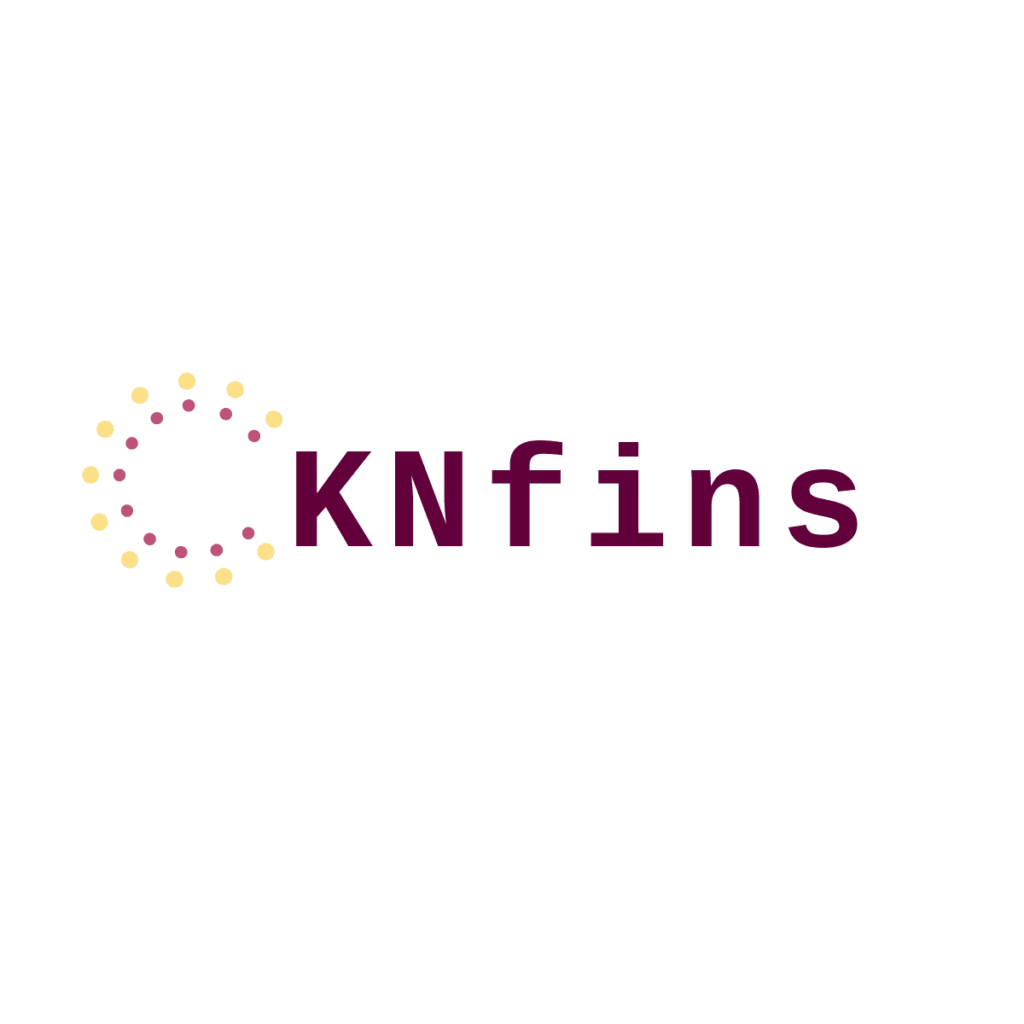5. Enhanced problem-solving skills.
Creative thinking allows employees to approach problems from different perspectives and come up with innovative solutions. By fostering a creative environment, companies can empower their employees to think outside the box and find unique ways to address challenges.
6. Increased employee satisfaction.
Employees who are able to express their creativity at work are more likely to feel satisfied with their jobs. Creativity allows individuals to use their talents and skills in meaningful ways, leading to a sense of accomplishment and fulfillment.
7. Improved teamwork and collaboration.
Creativity encourages collaboration and teamwork among employees. By promoting a creative environment, managers can foster a culture of sharing ideas and working together towards common goals. This can lead to stronger relationships among team members and more effective communication.
8. Better decision-making.
Creative thinking enables employees to make better decisions by considering a wide range of possibilities and exploring different options. By encouraging creativity in the workplace, companies can empower their employees to make informed decisions that drive positive outcomes.
9. Enhanced competitiveness.
Innovation is key to staying ahead in today’s competitive business world. By promoting creativity, companies can differentiate themselves from competitors and develop innovative products and services that set them apart in the market.
10. Increased adaptability.
Creativity fosters adaptability in the workplace. Employees who feel empowered to think creatively are more likely to embrace change and respond effectively to new challenges and opportunities. This adaptability can help companies navigate through uncertain times and thrive in a rapidly evolving business landscape.
11. Boosted employee morale.
Creativity has a positive impact on employee morale and job satisfaction. When employees are able to express their creativity and contribute to meaningful projects, they are more likely to feel motivated and engaged in their work. This can lead to higher levels of job satisfaction and overall well-being.
12. Greater employee retention.
Employees who are able to be creative at work are more likely to stay with their company long-term. By fostering a creative environment, companies can attract and retain top talent who value the opportunity to express their creativity and contribute to innovative projects.
13. Enhanced problem-solving skills.
Creative thinking allows employees to approach problems from different perspectives and come up with innovative solutions. By fostering a creative environment, companies can empower their employees to think outside the box and find unique ways to address challenges.
14. Improved company culture.
Creativity can transform company culture by promoting openness, collaboration, and a willingness to take risks. By fostering a creative environment, companies can create a culture that values innovation, experimentation, and continuous improvement.
15. Growth and innovation.
Overall, promoting creativity in the workplace can lead to growth and innovation for companies. By encouraging employees to think creatively and explore new ideas, companies can drive progress, develop innovative solutions, and stay ahead in a rapidly changing business landscape.
Implementing workplace creativity
To foster creativity in the workplace, managers can take several steps:
– Encourage open communication and collaboration among team members.
– Provide opportunities for employees to brainstorm and share ideas.
– Create a supportive environment that values experimentation and risk-taking.
– Recognize and reward employees who demonstrate creativity and innovation.
– Invest in training and development programs that encourage creative thinking and problem-solving skills.
In conclusion, workplace creativity is a powerful driver of innovation and progress. By understanding the benefits of creativity and implementing strategies to promote it, managers can create a work environment that inspires employees to think creatively, collaborate effectively, and drive positive change within their organizations. Embracing creativity in the workplace is essential for companies that want to stay competitive, adapt to change, and thrive in today’s fast-paced business world.

